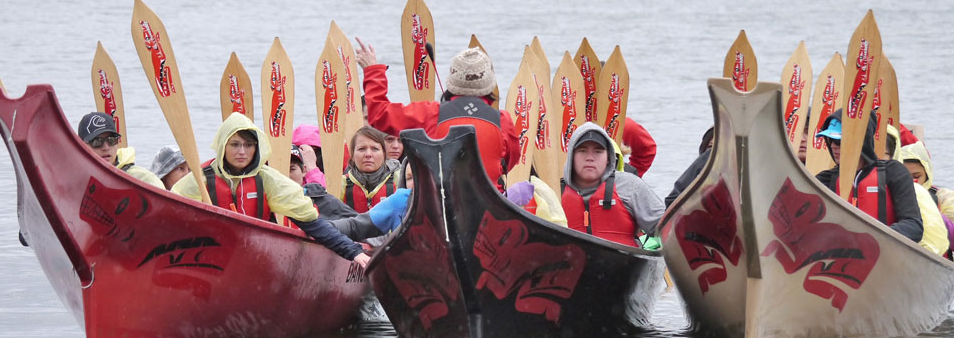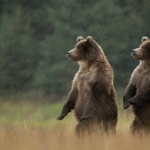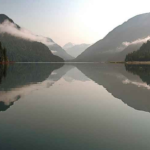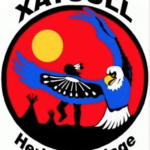
Indigenous Tourism in BC — Welcoming Visitors, Preserving Culture, Growing Businesses
From the arid climate of Osoyoos in the south central part of British Columbia, to the misty shores of Kitimat on the central coast, the landscape of the province is full of exhilarating and unique Indoigenous tourism destinations.
In keeping with centuries-old traditions of hospitality, the Aboriginal peoples of BC welcome thousands of visitors to their communities each year. Whether it’s feasting on traditional foods, attending cultural performances, or taking guided adventure tours through BC‘s abundant wild spaces, Aboriginal tourism offers visitors authentic cultural experiences that provide insight into Aboriginal traditions and values.
Currently, about 200 Aboriginal tourism businesses operate in British Columbia. This growing industry has created new economic opportunities for BC First Nations, while providing visitors with rare opportunities to experience BC‘s diverse Aboriginal cultures first-hand.
The following examples offer a glimpse into this important BC industry.
Xatśūll Heritage Village
At the Xatśūll Heritage Village near Williams Lake, guests can overnight in a reconstructed pit house or teepee, take an Aboriginal storytelling workshop and then experience an authentic sweat lodge.The Fraser River runs alongside the Xatśūll Heritage Village (pronounced hat-sull) and has played an integral role in the community throughout the years. This unspoiled region is home to a wide array of plants, fish, and wildlife – each perfectly adapted to this unique environment.
A favourite of guests is the time spent visiting with Elders.
Khutzeymateen Inlet Conservancy
The Khutzeymateen group of protected areas is located approximately 45 kilometres northwest of Prince Rupert and 10 kilometres north of Lax Kw’alaams in the Coast Ranges. Access to the Khutzeymateen Protected Areas is primarily by boat. Floatplane access and helicopter access to Khutzeymateen Park is tightly controlled.
A 362-hectare portion within the Khutzeymateen Inlet is a Schedule F conservancy (Khutzeymateen Inlet West), which allows for necessary resource access to adjacent timber harvesting lands while providing additional protection to the Khutzeymateen Inlet Conservancy and to the Khutzeymateen Grizzly Bear Sanctuary.
Coast Tsimshian have documented fishing for uuk and yee; hunting for t’u’utskgm’ol, mati, and waaky; trapping for lusyen, watsa, yeni and sts’ool; gardening for potatoes; wild food gathering for musoo, sti’moon, laawwmmuliit, weeluum bowel, skamoolks, cranberries, and maayhagwiluu; and gathering other wild plants including hat’al, haalmmoot, ksiw, and galaaq hat’al. Other plants were used for medicinal purposes; these include sahwdak, medijica aams, and txa’oogasteti.
Takaya Tours




